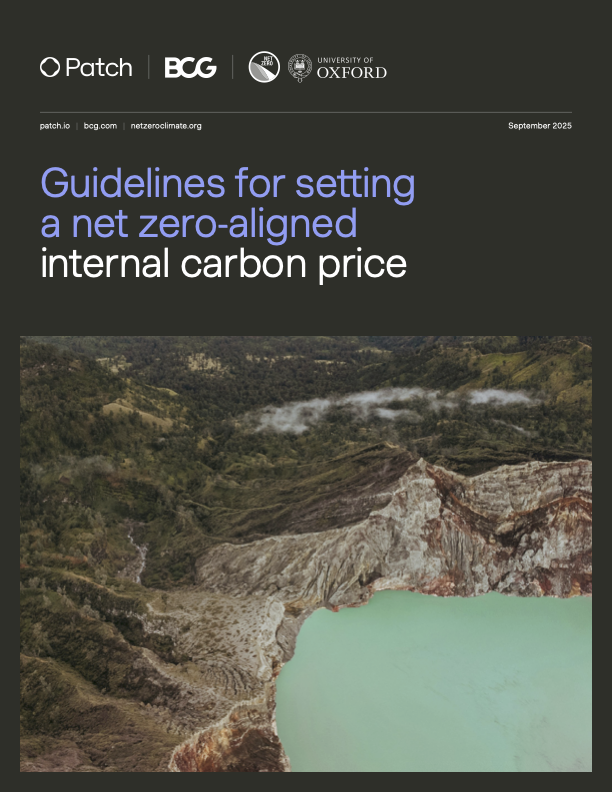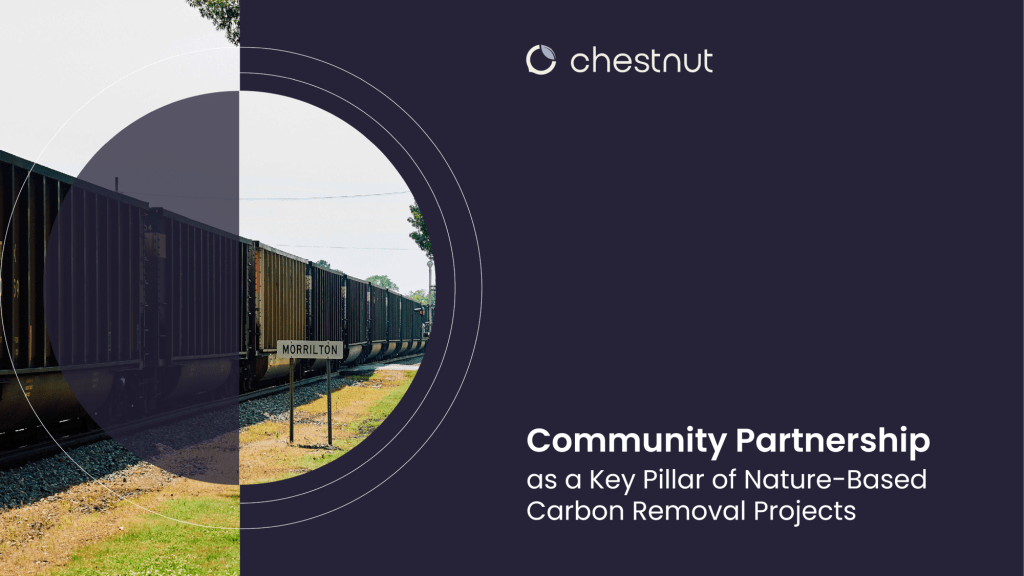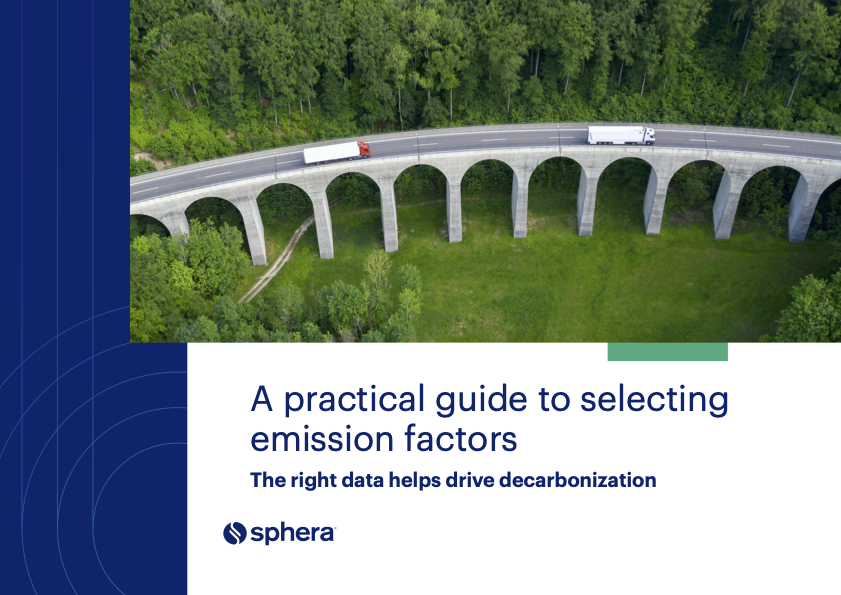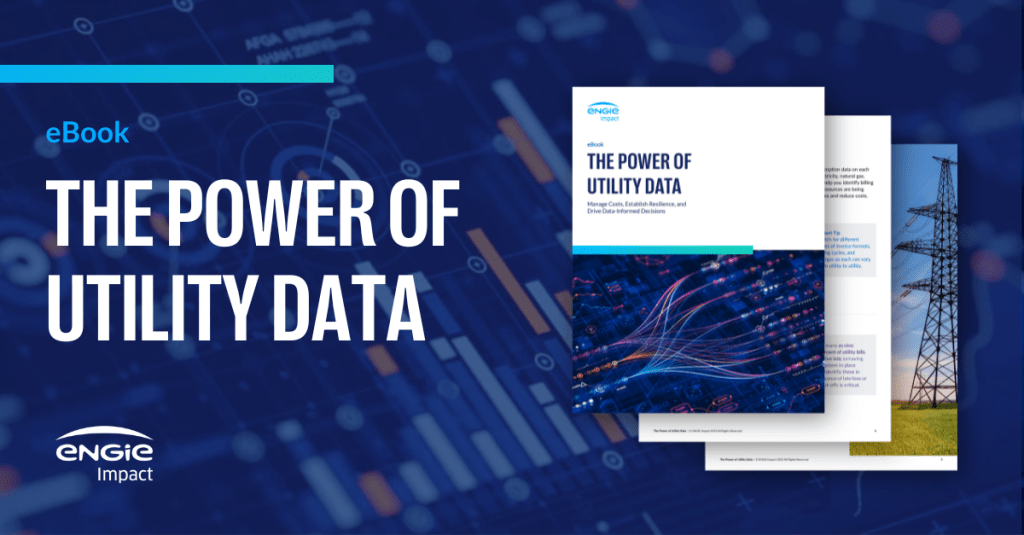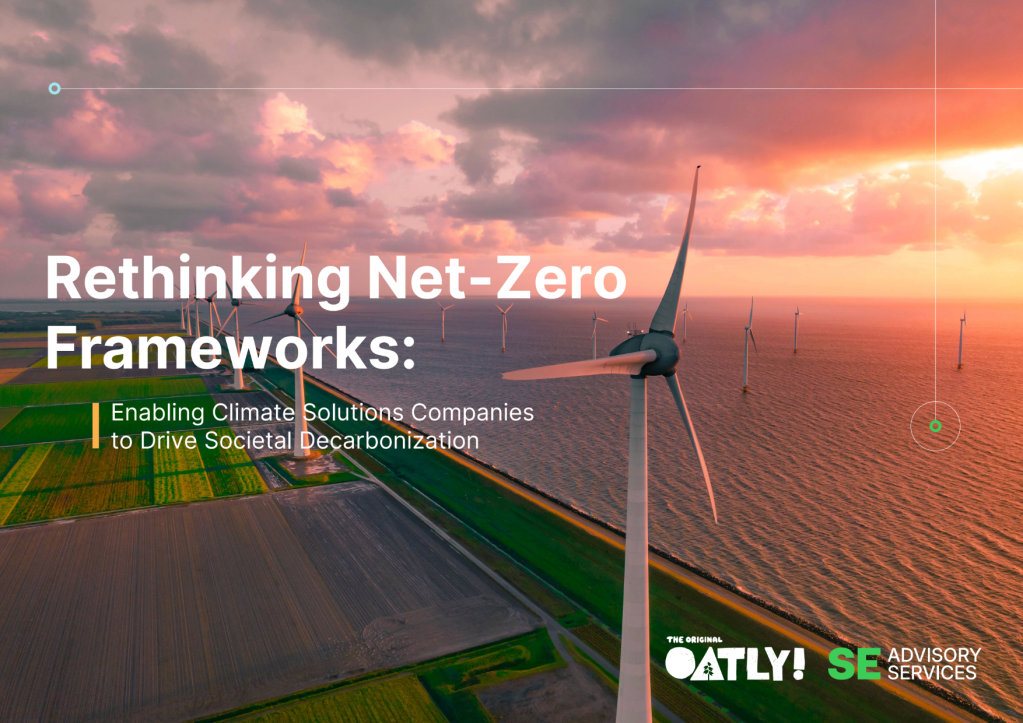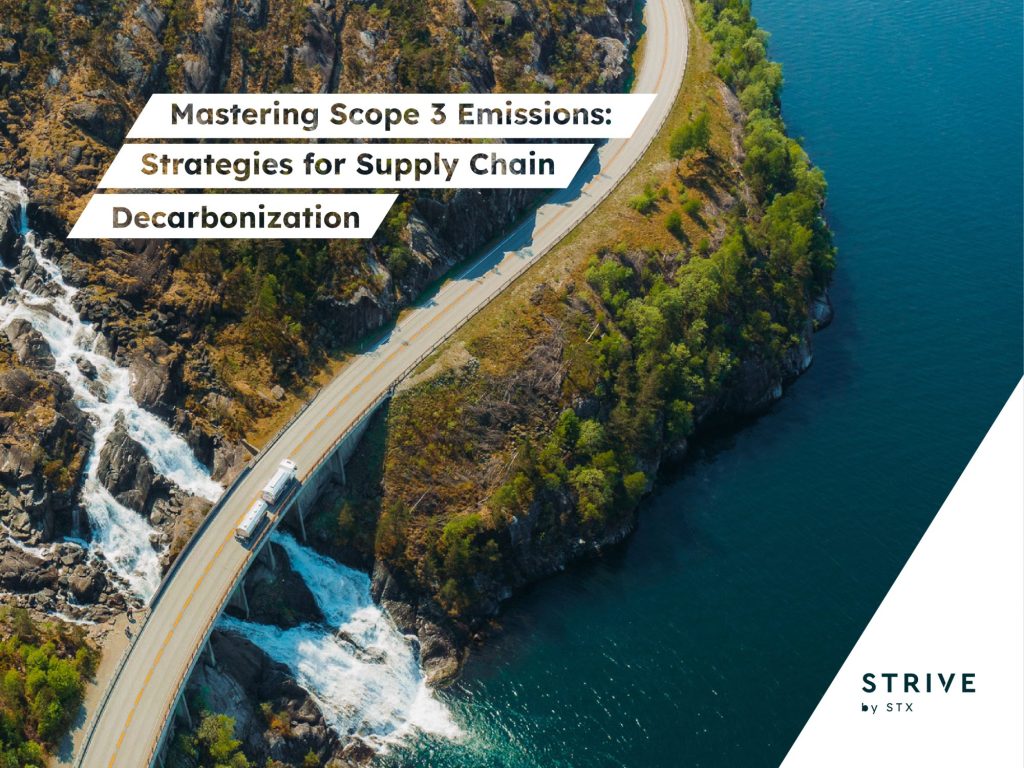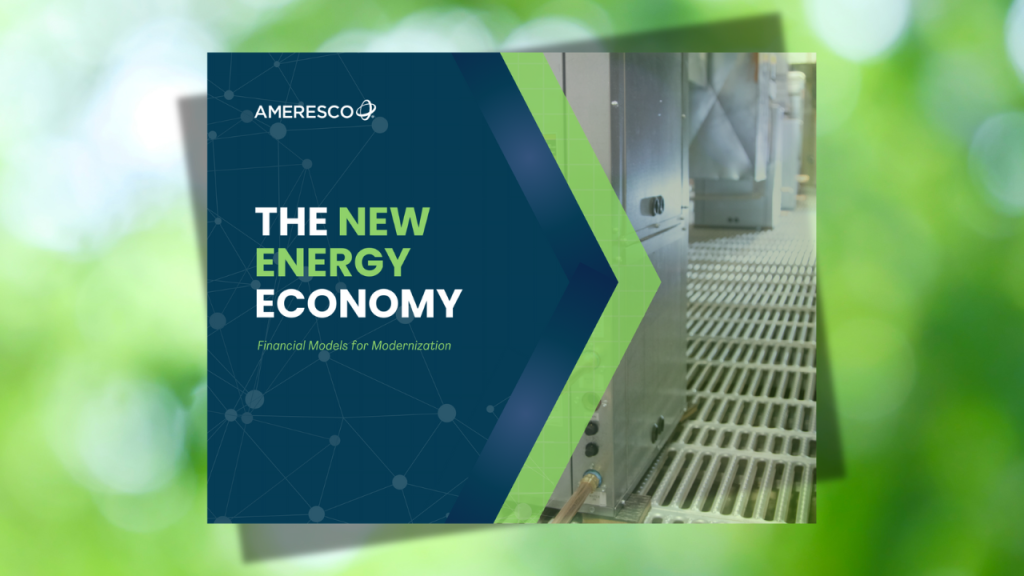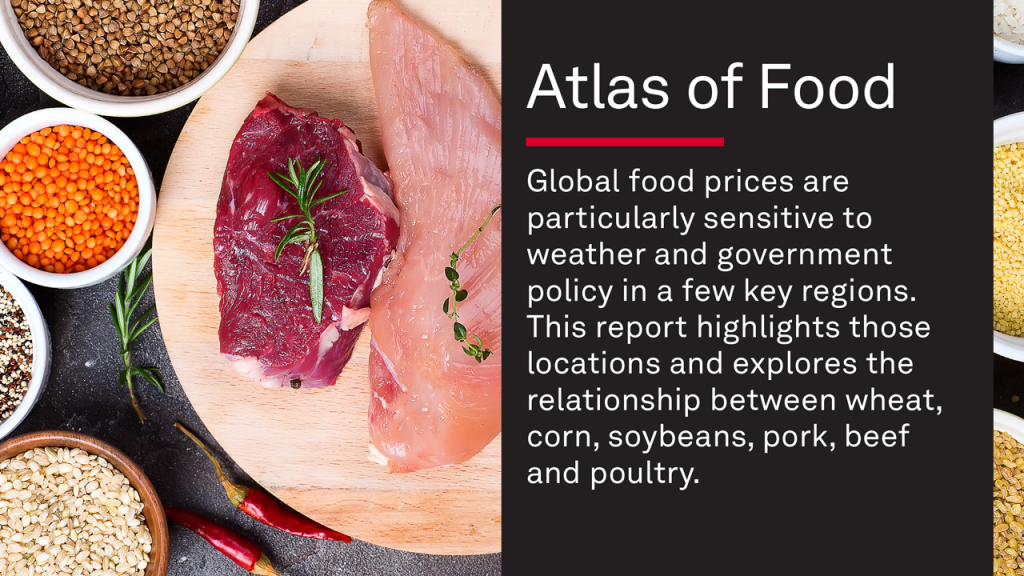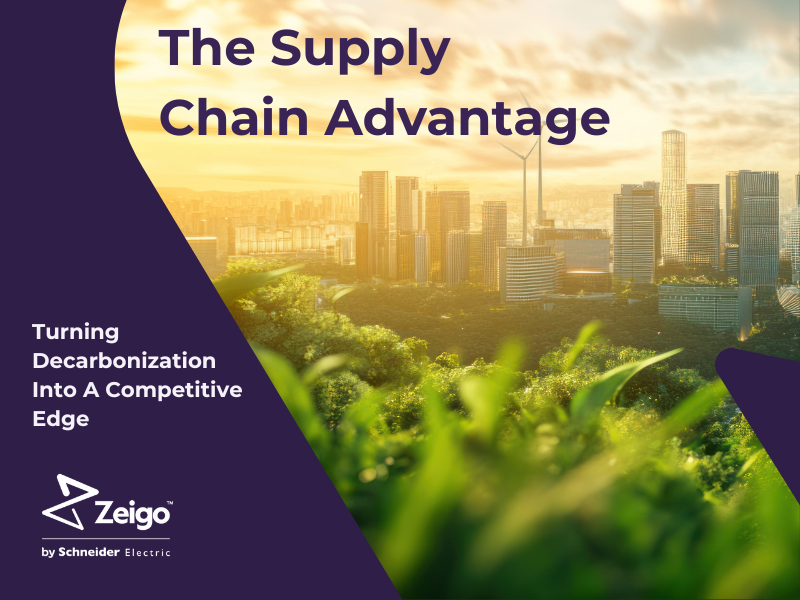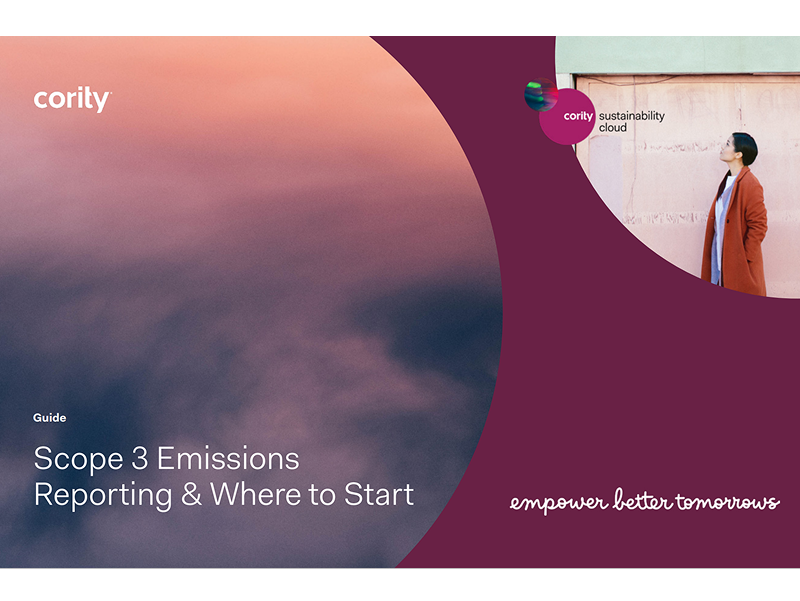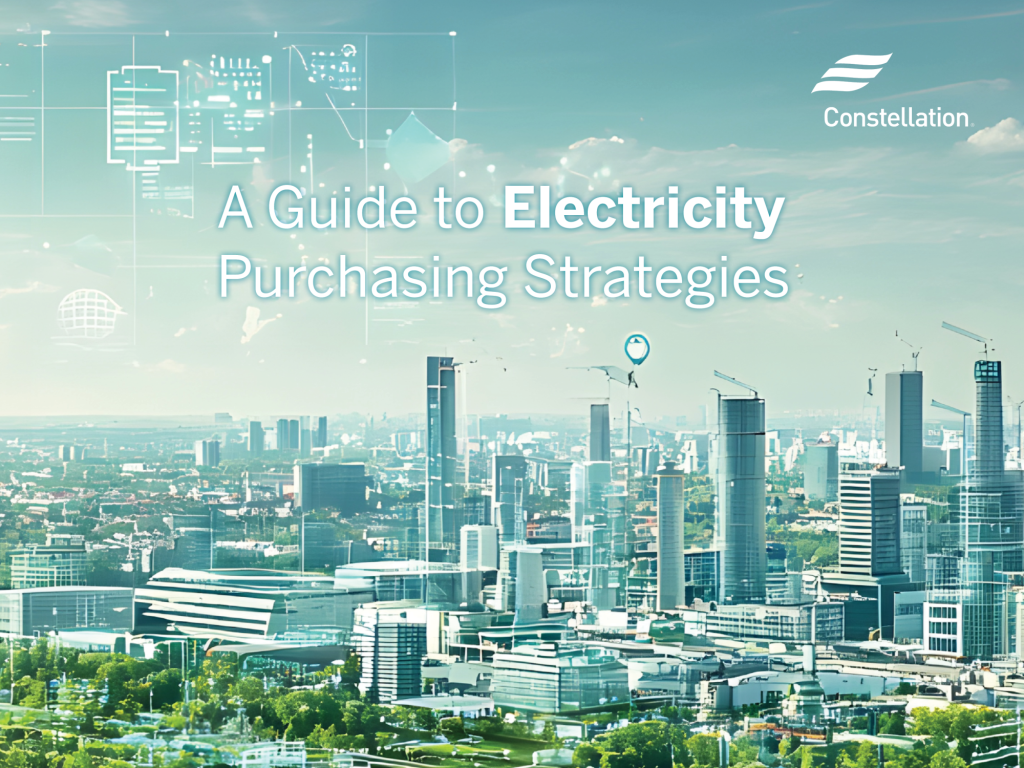4 trajectories and 5 shifts to help sharpen your company’s sustainability path
Recognizing a company's sustainability mindset can help leaders pinpoint paths of engagement. Read More
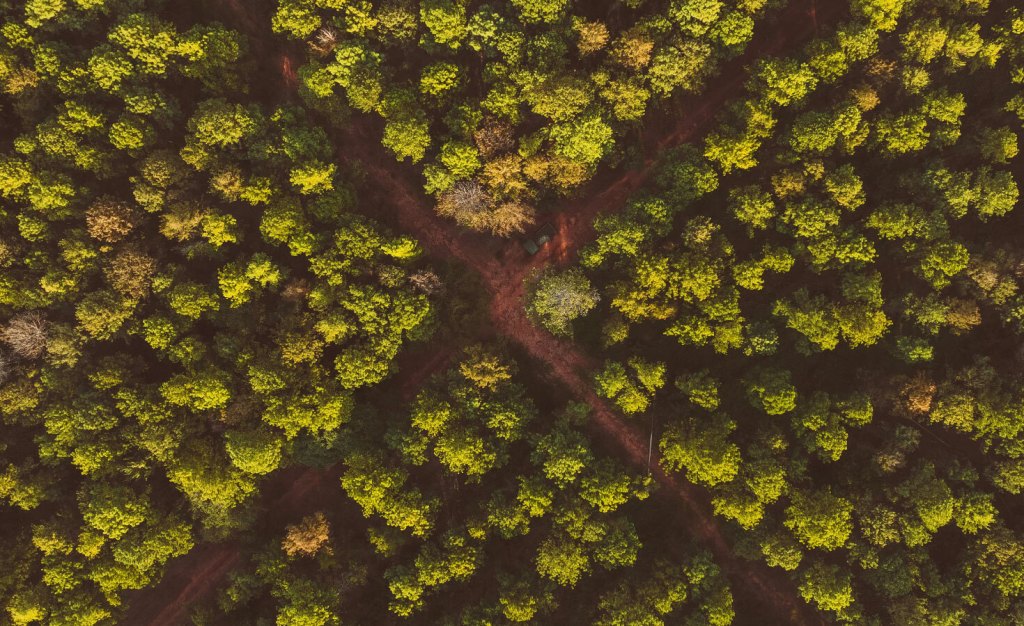
- Understanding the dominant mindset of how your company views sustainability can help you shift the approach to ensure more favorable outcomes.
- In addition to understanding the dominant mindset, sustainability professionals can shift the language and they levels of engagement they use to keep moving forward.
- When possible, it’s important to ask whether your company is offering both large and incremental solutions.
The opinions expressed here by Trellis expert contributors are their own, not those of Trellis.
There’s a sentiment I keep hearing over and over these days: “It can be hard to make sense of what’s happening around us.”
This notion isn’t new — we’re always looking for ways to interact with an unpredictable world. To help sustainability professionals navigate volatility and turbulence, my colleagues and I at Forum for the Future, a sustainability nonprofit, use what are called applied futures to help create concrete, practical ways forward.
Applied futures 101
The central premise of applied futures is that the future doesn’t simply happen to us. It’s based on the decisions and actions we take today. By understanding how the world is changing, we can work out what needs to happen to create the future we want.
One of the most common tools we use at Forum for the Future is trajectories. These are pathways we see emerging at any moment in time in the operating context for an organization. The trajectories we use the most were created in 2023 by drawing on insights from our Futures Centre and interviews with business leaders, activists and entrepreneurs. Each trajectory was underpinned by a particular mindset or approach of what could happen.
Profit supreme
This is a mindset that resists or opts out of change, with a focus on maximizing shareholder value and profits. In many ways Profit Supreme has intensified and become more widespread in recent years. The anti-ESG rhetoric of two years ago has evolved into lawsuits and investor motions. In some parts of the world, the energy transition has been deliberately halted in order to squeeze short-term profits from oil and gas.
Response: If Profit Supreme is dominant, contextualize everything through the business case lens. Dip into the vast bank of data points that demonstrate the business case, such as data showing that products featuring sustainable attributes increase revenues by up to 25 percent over other products. Use the framing of resilience and value creation.
Shallow gestures
This trajectory is characterized by incremental measures that fail to deliver change at scale and pace. As with Profit Supreme, Shallow Gestures has also become more widespread across multiple geographies. This is in part due to the crowding out of sustainability issues by a whole host of short-term pressures, from economic uncertainty, supply chain disruption and legislative uncertainty. For many organizations, bandwidth and resources are diverted away from sustainability (which is to miss the point that sustainability can help deal with these pressures). In some cases, this diversion is simply a function of a real commitment to transformation not actually being there in the first place.
Response: Identify actions that don’t fundamentally impact the underlying business model, but shift it by, for example, adopting targets around sustainable products that can be delivered to market with the same, slightly-tweaked business model.
Tech optimism
This trajectory, in which technology is viewed as a solution to all problems, but an over-reliance on it neglects the need for shifts in social norms, acceptance and behavior change, continues to flourish.
In the U.K., for example, scientists are experimenting with outdoor geoengineering as part of a £50m ($67 million) government-funded program. If successful, it has the potential to temporarily reduce the Earth’s surface temperatures.
In the UAE, cloud seeding is being used to increase the amount of rain produced by clouds and help mitigate droughts.
And in Brazil, the city of Pindamonhangaba has deployed a wide-reaching network of smart sensors that automatically trigger alerts when detecting rising water levels or dangerous temperature spikes. The sensors have already helped save countless lives as well as over a million reais ($174,000) in disaster-related costs.
Response: Start with the innovation of a new digital tool, for example, that happens to be less carbon intensive. Or explore how AI could help make operations more energy efficient.
Courage to transform
Where businesses adopt a transformative mindset, working in partnership with governments, civil society, investors, experimenting with new models and practices, delivering lasting change. Despite a well-funded and sophisticated counter narrative, Courage to Transform is still visible, too.
A recent PwC report found that 37 percent of companies are increasing their sustainability ambitions, compared to only 16 percent decelerating their efforts. Despite pessimistic news stories, the report suggests there’s hope, with 80 percent of companies on track to meet their climate goals.
There’s also encouraging transformation happening in multilateral settings, with Malaysia supporting Brazil’s BRICS chairmanship priorities, China investing 6.8 trillion yuan ($940 billion) in clean energy last year and Brazil chairing the G20 in 2024 and hosting COP30 in 2025.
Response: Identify opportunities to move faster. This could be through innovation, new collaborations and accessing new forms of capital through sustainable finance solutions.
All trajectories are in play — so what?
The four trajectories can help companies identify the dominant path that is defining their operating context and the dominant mindset driving it. In turn, this can inform what approach and what language companies can use to keep moving ahead.
Wherever you are, there are five shifts you can make, no matter the trajectory:
Shift the narrative. From complex jargon to simple, relatable words that remind people why sustainability matters. Focus on nature, health benefits, community well being.
Shift the words. From “either/or” to “and.” Polarization creates fragmentation and makes it hard to unify movements. Where massive divides exist, either across political lines, generational lines or within communities, it’s hard to see how solutions will scale unless we stop saying net zero is an either/or. It’s a pathway to a thriving and prosperous future — and great for business.
Shift the solutions. It’s easy to criticize solutions, particularly when they may not be making progress at the pace we envision. But incremental steps towards a goal can spur change so don’t be afraid to start small.
Shift the place. Instead of touting abstract solutions, provide ones that can be applied in cities and that can work at a local level. This is where sustainability gets real.
Shift the engagement. From collaborating with people we already know and who share our point of view to engaging with those who perhaps don’t. It’s time to force ourselves out of our echo chambers.
All of this translates into four questions. Are you:
Using language that people understand?
Engaging with new people?
Offering large and incremental solutions?
Being generous with assumptions, time and humanity?
If the answer to each of these questions isn’t yes, then maybe it’s time to rethink your strategy and your execution.
[Join more than 5,000 professionals at Trellis Impact 25 — the center of gravity for doers and leaders focused on action and results, Oct. 28-30, San Jose.]

Subscribe to Trellis Briefing
Featured Reports

The Premier Event for Sustainable Business Leaders

